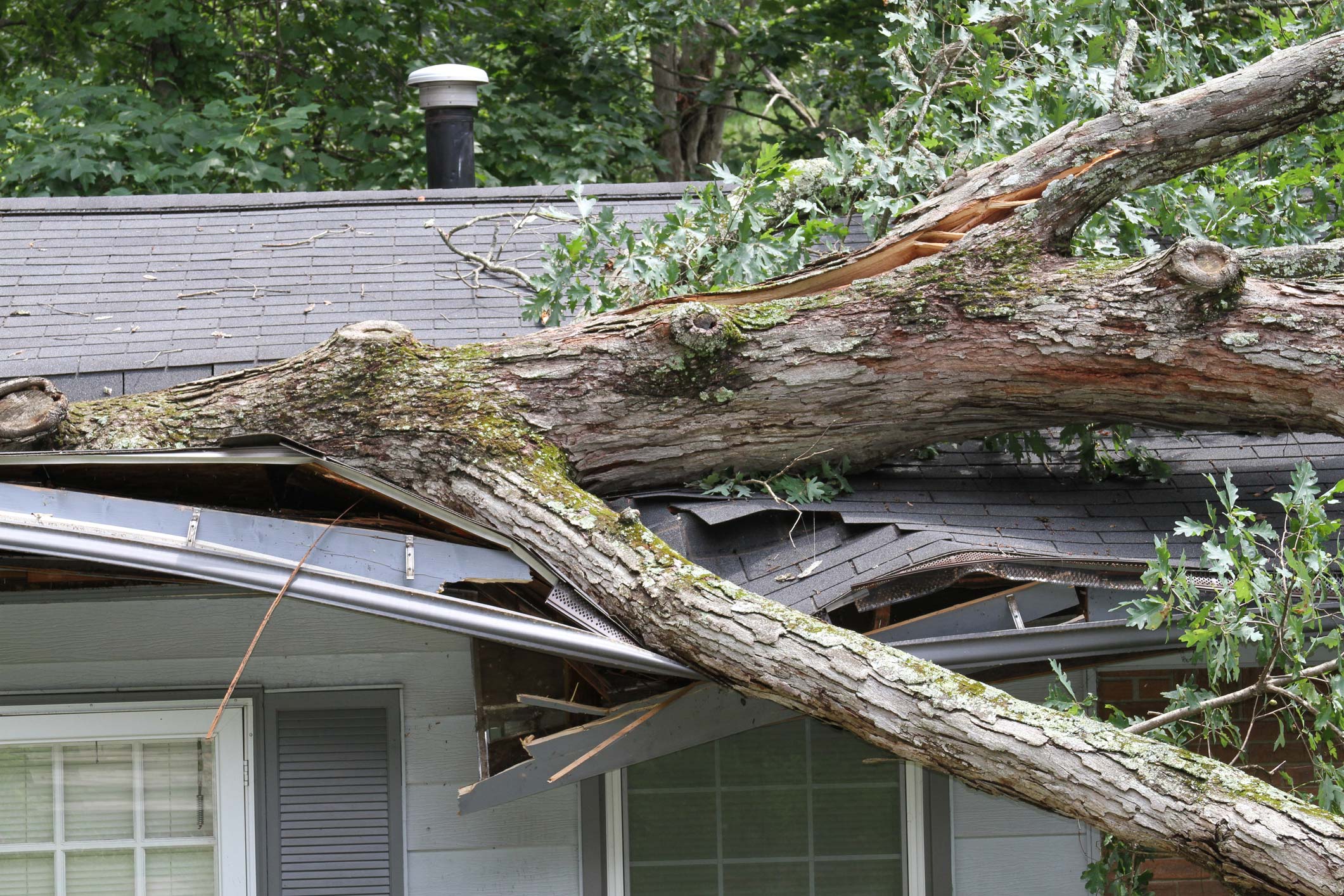Tips for Weathering High Winds

Wind is great for flying kites and setting sail, but high winds can cause some serious damage. Especially in areas prone to severe weather, high winds can bring down power lines, send objects flying and even rip off roofs.
There are things you can do now and immediately before a windstorm to protect your home, belongings and loved ones:
Before storm season
- Reinforce your garage door. High winds can blow off your garage door, damaging what’s inside and possibly even the structure of your home. Consider hiring a professional to inspect the door and make any necessary repairs.
- Secure shingles, metal roofing and metal siding. Make sure your roofer installs at least six staples or nails beneath the edges of your overlapping shingles. You should also have waterproof lining installed beneath the shingles in case any blow off and it rains. Metal roofing and siding should be secured to the side of your home with visible screws and bolts, or with concealed clips, to prevent them from being torn away.
- Take care of your trees. Enlist professional help to remove trees that may damage your home if they were to fall. Check all trees on your property for signs of decay; dead or weakened trunks and limbs are more likely to break in high winds.
- Know how you’ll cover windows and glass doors. Minimize breakage and protect yourself from flying objects by purchasing storm shutters made of aluminum, steel or plastic. Plywood can also be used, so long as the sheets are at least 5/8-inch thick and extend eight inches past the window in every direction. Hurricane film is also an option, as are lightweight fabric storm panels, which can be installed quickly. For more permanent protection, replace your windows and glass doors with high-impact glass, which is also energy efficient.
Immediately before a storm
- Anchor outbuildings and objects. Anything that’s not fastened to the ground—storage sheds, outdoor grills, furniture, bins—should be securely anchored, chained or bolted down. Move small objects indoors if you can.
- Check your emergency kit. Make sure every family member has what they need to survive at least three days in case the power goes out or you can’t leave home. This includes food and water, flashlights and batteries, first aid and medications, clothing and toiletries, and pet supplies. Also consider investing in a portable or home generator.
- Park vehicles in a safe place. If possible, park your cars inside your garage to protect them from flying debris. If this isn’t possible, make sure to park them away from trees.
During a storm
- Stay informed. Check the local media regularly for warnings and emergency information.
- Stay inside. Don’t go outside unless it is absolutely essential. If you do, watch for debris, and wear eye and head protection. Keep your pets indoors, and don’t drive unless you have no other choice. If you must drive, take it slow and turn on your headlights to increase your visibility, regardless of the time of day.
After a storm
- Avoid power lines. Stay away from damaged power cables or electrical equipment, and steer clear of anything they touch. Report downed or damaged power lines to your local utility company right away.
- Inspect your roof. Check for loose shingles on your roof and around your property, and arrange to have your roof repaired if needed.
- Contact your agent. If your home or belongings are damaged, contact your agent to file a claim. Be prepared to provide basic information, such as your insurance policy number, property address and contact information. You will also be asked to describe the incident and the damage your property incurred.
For more information or to get a quote on home or auto insurance, contact your AAA Insurance Agent at 1-800-222-1469, visit AAA.com/Insurance, or stop by your local AAA office.





